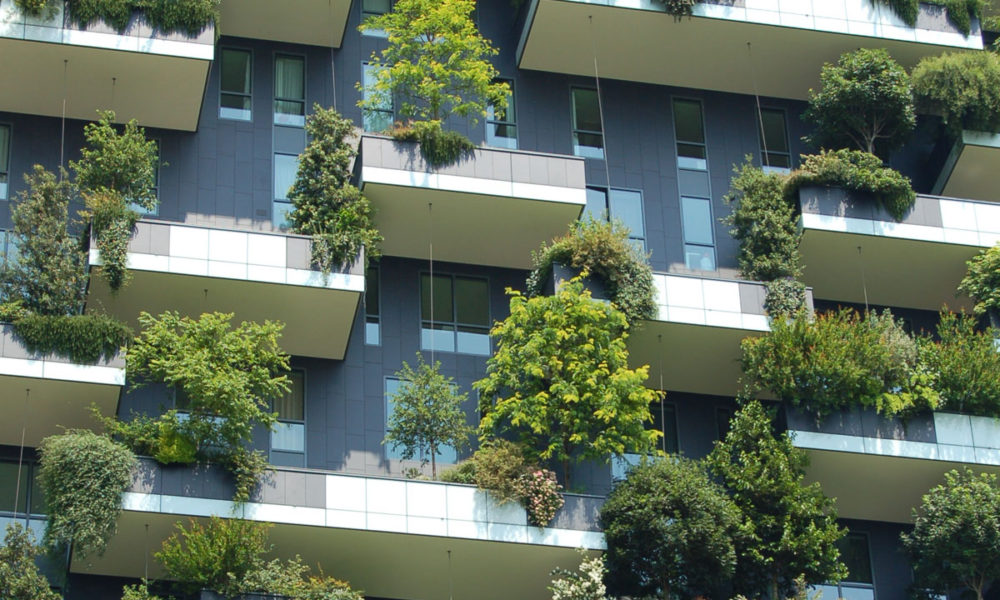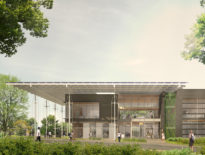
This article includes ideas and excerpts from Denise DeLuca’s book Re-Aligning with Nature: Ecological Thinking for Radical Transformation.
According to Gallup (the global research and polling organization), “engaged” employees feel they have an opportunity to do what they do best each day, have someone at work who encourages their development, believe their opinions count and are involved in, enthusiastic about and committed to their work. Engaged employees drive company innovation, growth and revenue.
In June, Gallup announced that more than two-thirds of all employees in the U.S. are “not engaged” or “actively disengaged” at work. That’s bad news for business, but it’s even worse news for employees. What it means is that most people are mostly checked-out most of the time.
Paul Hawken is credited with saying, “There is no unemployment in nature.”
Every living thing plays a role, does its part, is involved in their ecosystem. Every organism has an opportunity to do what it does best each day. Organisms live in ecosystems that foster their growth and development. They know they count. Organisms are engaged. Nature is engaging.
What might we learn from nature about creating engaging workplaces? How might we use biomimicry to create conditions for employees to feel engaged?
Those of you engaged in biomimicry recognize its power for generating innovative and sustainable design solutions. Perhaps less recognized is biomimicry’s hidden power, its ability to release the constrained potential within people and organizations.
If you’ve participated in a biomimicry workshop, training, or design session, you know what it feels like, how it affected you and others. Over years of running biomimicry workshops and trainings, it has become clear that the radically innovative and sustainable ideas that emerge are only part of the story, only part of the value that is generated. The bigger value is what happens to participants.
In order to change an existing paradigm, you do not struggle to try and change the problematic model. You create a new model and make the old one obsolete.
As they go through introductions, the participants—often complete strangers—begin to open up and share, sometimes surprisingly so. They begin to bond over branches and barnacles.
As they struggle to identify and translate functions, they begin to ask more, better and different questions. They find themselves really listening and, perhaps more importantly, feel listened to.
As they set off to discover nature’s functional strategies, their pent-up senses of wonder and biophilia are released and engaged. They generously share newfound facts and curiosities and are welcoming recipients of the same.
While abstracting and emulating, they feel the joy and the power of collective creativity and problem-solving, co-creativity and emergent thinking. They become playfully conspiratorial in turning their wild imaginations into radical yet potentially viable innovations.
While evaluating, they not only gain a deeper understanding of sustainability, they also realize that sustainability can drive innovation, and vice versa. They feel enlightened, empowered, emboldened. They feel engaged.
As we use biomimicry to tap into the power of nature, we release the power of human nature. That is the hidden power of biomimicry.

Employees are not engaged at work because conditions at work are not conducive to being engaged, not conducive to life and living, or to humans and human nature.
As R. Buckminster Fuller said, “In order to change an existing paradigm, you do not struggle to try and change the problematic model. You create a new model and make the old one obsolete.”
The existing paradigm and problematic model that most employees face at work reflects constructs that emerged when people started separating themselves from nature and, in the process, started separating themselves from their own human nature. We certainly need to change this existing paradigm of profiteering and protectionism, self-promotion and paranoia. But how do we do that?
We don’t need to create a new model, we simply need to re-discover and re-create it.
Just as we can use biomimicry to discover and emulate functional strategies in nature to create sustainable design solutions, we can use the tools of biomimicry to re-discover and re-create the model — nature’s model — that we need to make the old one obsolete.
We can re-discover and release our “natural paradigm,” even at work—especially at work. We can re-align our work—what we do, how we do it and why we do it—with nature and our own human nature.
How might we do this? We can apply the tools of biomimicry to the challenges and demands of the existing problematic model and, in doing so, reveal the power and potential of our natural paradigm. Rather than controlling and directing, winning and losing, blaming and complaining, we can begin curating and inquiring, imagining and ideating, co-creating and innovating—just as we do when we learn and practice biomimicry.What does this look like? One group I was working with had been trying for months to introduce novel concepts into a well-established program, with no success. The group had become frustrated and divisive and doubted it could solve its apparently insurmountable problems. I explained that nature does not focus on solving problems, but rather constantly drives toward more positive outcomes.
With this in mind, we used an improvisation tool to discuss why the group had formed in the first place—what positive outcomes it was hoping to achieve. At the end of this brief activity, the group’s leader declared it had gotten more done in the last 10 minutes than it had in the last 10 months. Score one for applying the tools of biomimicry.
Why is this important? Because learning biomimicry for design isn’t enough. Besides increasing employee engagement, this new model can create conditions conducive to fostering and forwarding radical sustainable innovation—to realizing the potential of biomimicry.
We know we can use biomimicry to create products and process that adapt and evolve, that create conditions conducive to life. That is the power of biomimicry.
Now let’s use the hidden power of biomimicry to create workplaces that adapt and evolve, that create conditions conducive to life, where employees are engaged and engaging, where we can practice biomimicry. Let’s re-align ourselves and our work with nature.
This story first appeared on: Ask Nature, the Biomimicry Institute blog.



